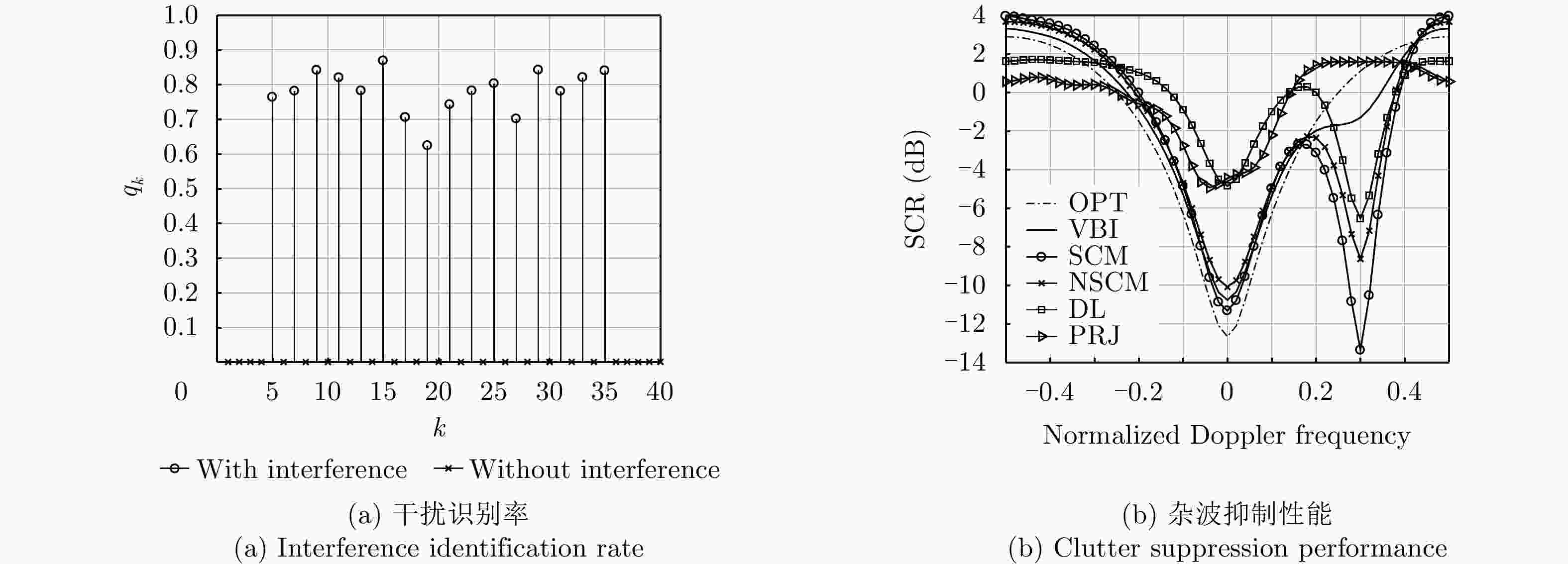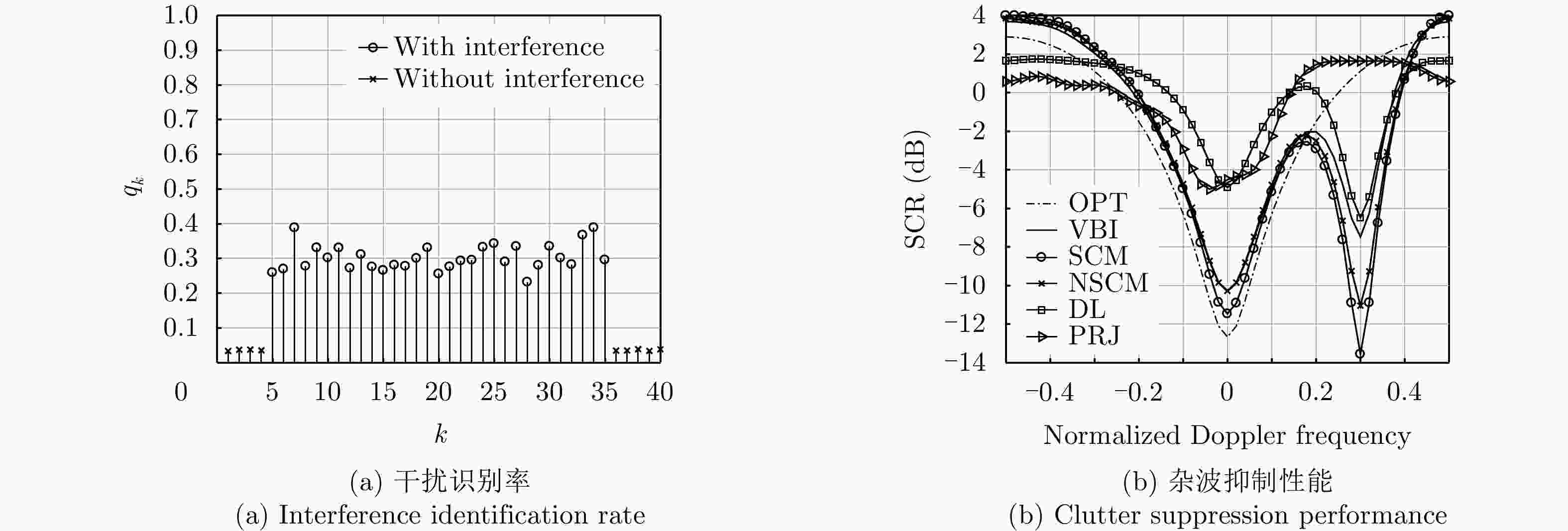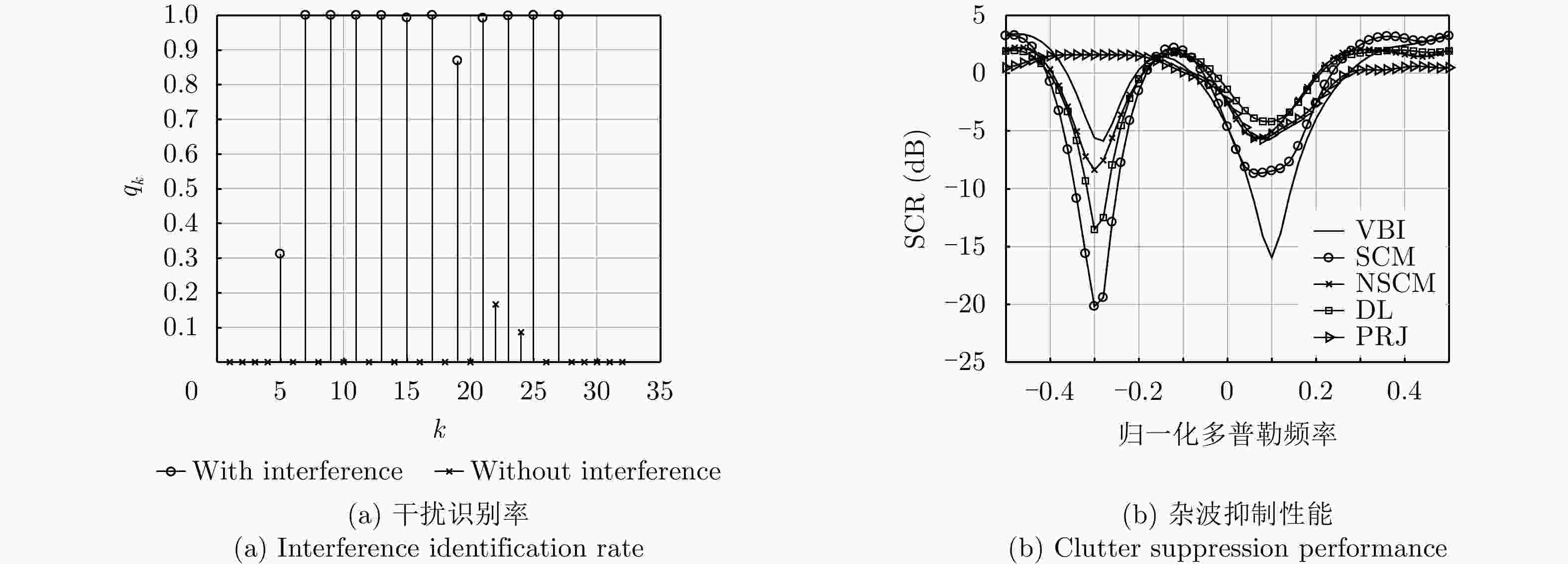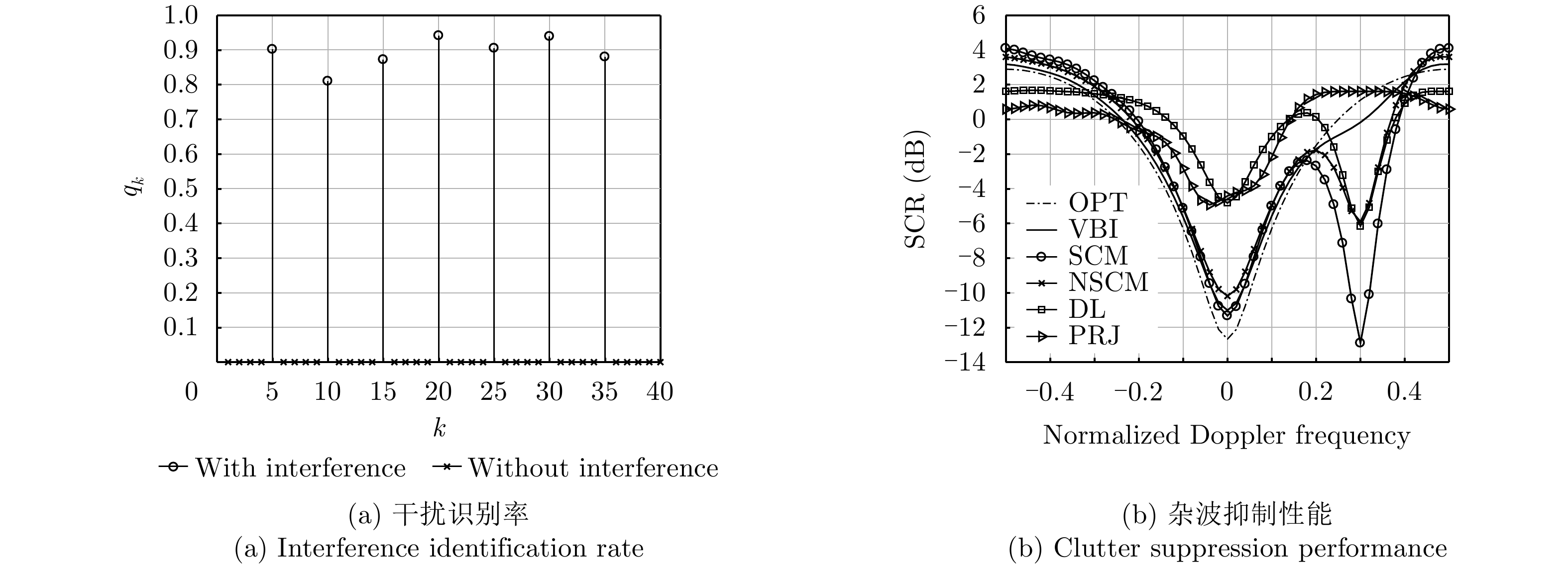| [1] |
XU Shuwen, SHUI Penglang, and YAN Xueying. Non-coherent detection of radar target in heavy-tailed sea clutter using bi-window non-linear shrinkage map[J]. IET Signal Processing, 2016, 10(9): 1031–1039. doi: 10.1049/iet-spr.2015.0564
|
| [2] |
GAO Lei, JING Zhongliang, LI Minzhe, et al. Robust adaptive filtering for extended target tracking with heavy-tailed noise in clutter[J]. IET Signal Processing, 2018, 12(7): 826–835. doi: 10.1049/iet-spr.2017.0249
|
| [3] |
LU Shuping, YI Wei, LIU Weijian, et al. Data-dependent clustering-CFAR detector in heterogeneous environment[J]. IEEE Transactions on Aerospace and Electronic Systems, 2018, 54(1): 476–485. doi: 10.1109/TAES.2017.2740065
|
| [4] |
ZHANG Wei, HE Zishu, LI Huiyong, et al. Beam-space reduced-dimension space-time adaptive processing for airborne radar in sample starved heterogeneous environments[J]. IET Radar, Sonar & Navigation, 2016, 10(9): 1627–1634. doi: 10.1049/iet-rsn.2015.0592
|
| [5] |
SHI Sainan and SHUI Penglang. Optimum coherent detection in homogenous K-distributed clutter[J]. IET Radar, Sonar & Navigation, 2016, 10(8): 1477–1484. doi: 10.1049/iet-rsn.2015.0602
|
| [6] |
HAO Chengpeng, ORLANDO D, FOGLIA G, et al. Knowledge-based adaptive detection: Joint exploitation of clutter and system symmetry properties[J]. IEEE Signal Processing Letters, 2016, 23(10): 1489–1493. doi: 10.1109/LSP.2016.2601931
|
| [7] |
MEHRNOUSH M and ROY S. Coexistence of WLAN network with radar: Detection and interference mitigation[J]. IEEE Transactions on Cognitive Communications and Networking, 2017, 3(4): 655–667. doi: 10.1109/TCCN.2017.2762663
|
| [8] |
BESSON O and BIDON S. Adaptive processing with signal contaminated training samples[J]. IEEE Transactions on Signal Processing, 2013, 61(17): 4318–4329. doi: 10.1109/TSP.2013.2269048
|
| [9] |
COHEN D, MISHRA K V, and ELDAR Y C. Spectrum sharing radar: Coexistence via xampling[J]. IEEE Transactions on Aerospace and Electronic Systems, 2018, 54(3): 1279–1296. doi: 10.1109/TAES.2017.2780599
|
| [10] |
SOERGEL U. Radar Remote Sensing of Urban Areas[M]. Dordrecht: Springer, 2010. 1–47.
|
| [11] |
LEFAIDA S, SOLTANI F, and MEZACHE A. Radar sea-clutter modelling using fractional generalised Pareto distribution[J]. Electronics Letters, 2018, 54(16): 999–1001. doi: 10.1049/el.2018.5233
|
| [12] |
SANGSTON K J and FARINA A. Coherent radar detection in compound-Gaussian clutter: Clairvoyant detectors[J]. IEEE Aerospace and Electronic Systems Magazine, 2016, 31(11): 42–63. doi: 10.1109/MAES.2016.150132
|
| [13] |
MITCHELL A E, SMITH G E, BELL K L, et al. Hierarchical fully adaptive radar[J]. IET Radar, Sonar & Navigation, 2018, 12(12): 1371–1379. doi: 10.1049/iet-rsn.2018.5339
|
| [14] |
HADAVI M, RADMARD M, and NAYEBI M M. Polynomial segment model for radar target recognition using Gibbs sampling approach[J]. IET Signal Processing, 2017, 11(3): 285–294. doi: 10.1049/iet-spr.2014.0455
|
| [15] |
TURLAPATY A and JIN Yuanwei. Multi-parameter estimation in compound Gaussian clutter by Variational Bayesian[J]. IEEE Transactions on Signal Processing, 2016, 64(18): 4663–4678. doi: 10.1109/TSP.2016.2573760
|
| [16] |
CONTE E, DE MAIO A, and GALDI C. Statistical analysis of real clutter at different range resolutions[J]. IEEE Transactions on Aerospace and Electronic Systems, 2004, 40(3): 903–918. doi: 10.1109/TAES.2004.1337463
|



 作者中心
作者中心 专家审稿
专家审稿 责编办公
责编办公 编辑办公
编辑办公

 下载:
下载:






